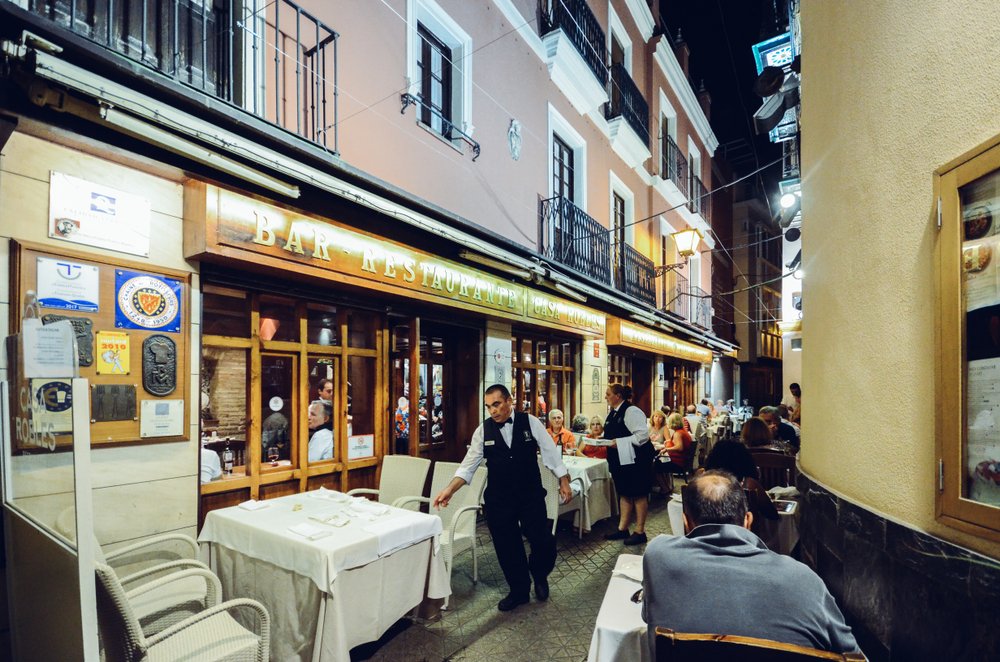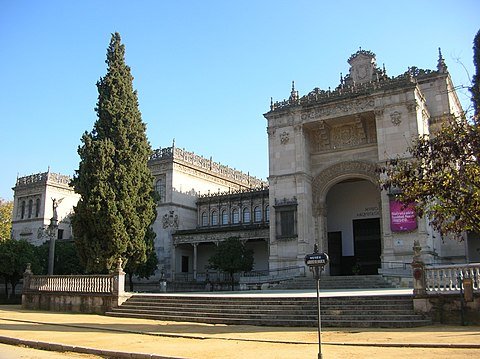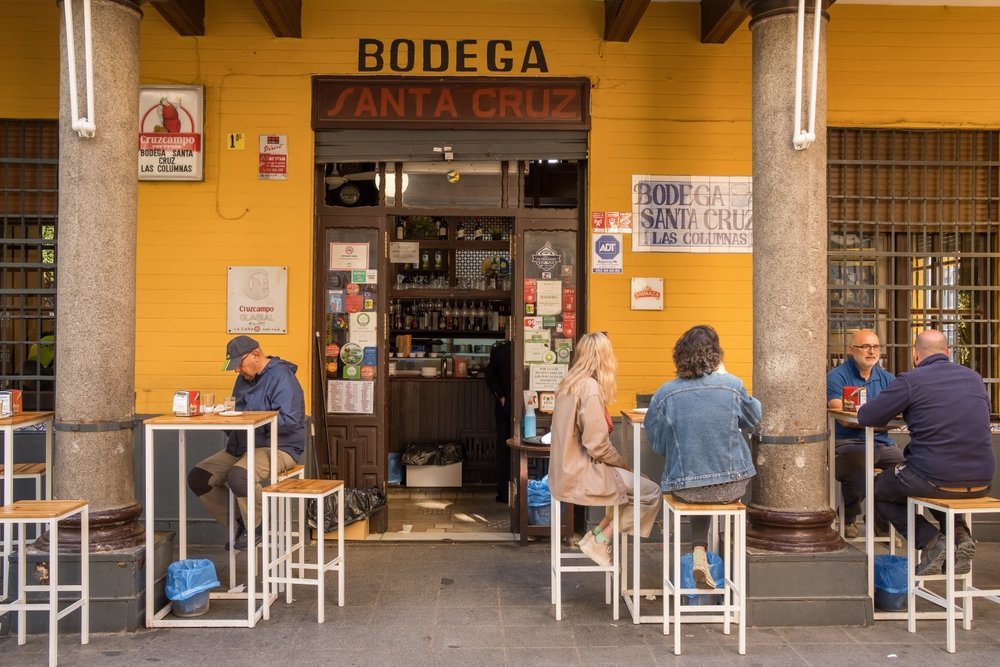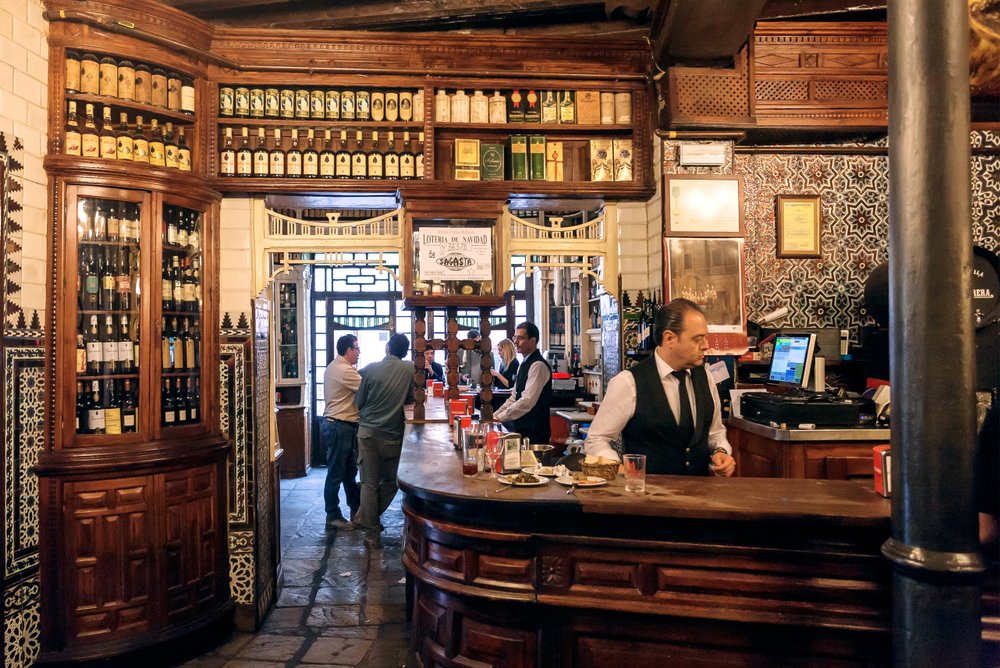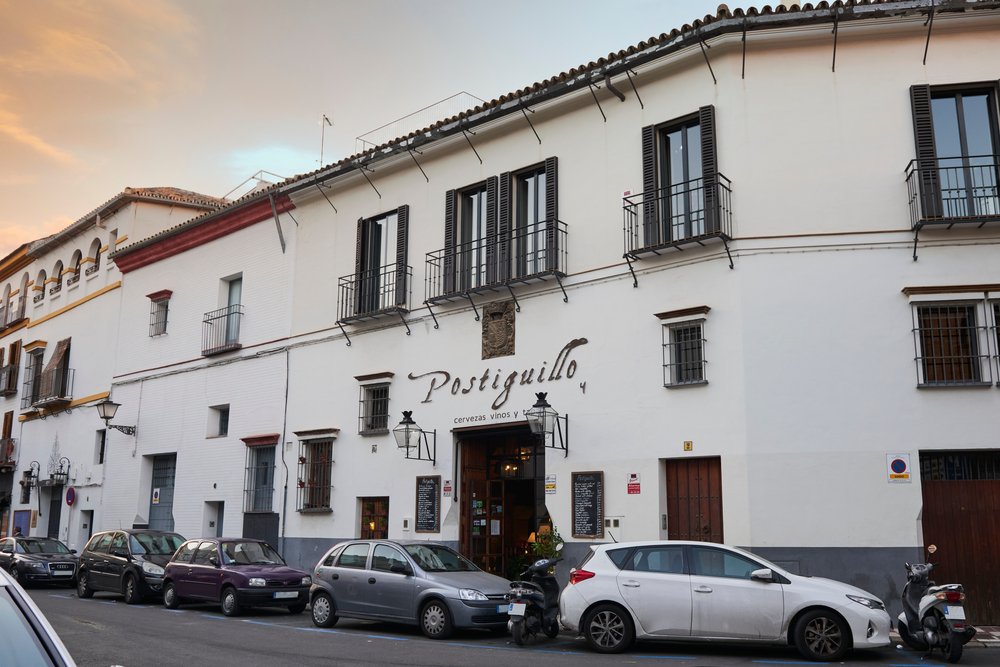The Archaeological Museum of Seville has its origins in the late 19th century, when a public collection of antiquities was established, most of which were extracted from the Roman city of Italica. It was not until the mid-20th century that it was consolidated and expanded with the move from the old Convent of La Merced to its current location: the Pavilion of Fine Arts created by Anibal Gonzalez for the Ibero-American Exhibition of 1929, ceded by the City Council of Seville.
The Archaeological Museum of Seville consists of three floors:
On the basement floor, ten rooms are open to the public with an exhibition of the material testimonies of the different societies that succeeded each other in the territory of the current province of Seville, throughout Prehistory and Protohistory.
The ground floor, with eighteen rooms, covers the Roman Period, Late Antiquity, and the Middle Ages, concluding with the Modern Age.
On the upper floor, the Library, Temporary Exhibition Rooms, the Conference Hall, and the internal work areas are located: Management, Administration, Research, Conservation, Restoration, and Dissemination.
Main collections: Prehistory, Protohistory, highlighting the Final Bronze period, with testimonies from the Phoenician and Tartessian cultures. Roman collections mostly from Italica, with an important display of statues from the time of Hadrian. It includes medieval, Visigothic, and Islamic pieces.
Currently, the first floor houses the Monographic Room dedicated to the Treasure of Carambolo.
